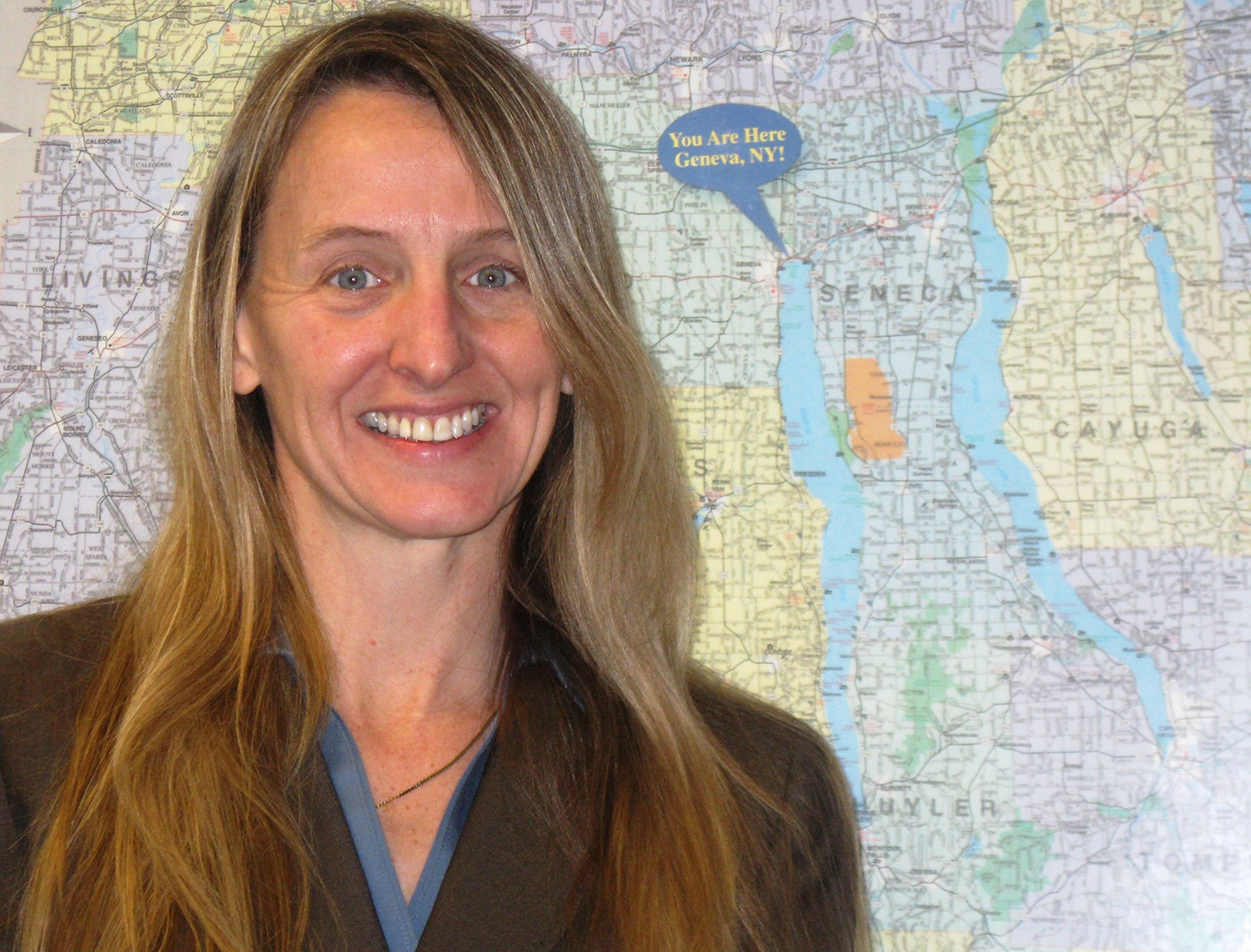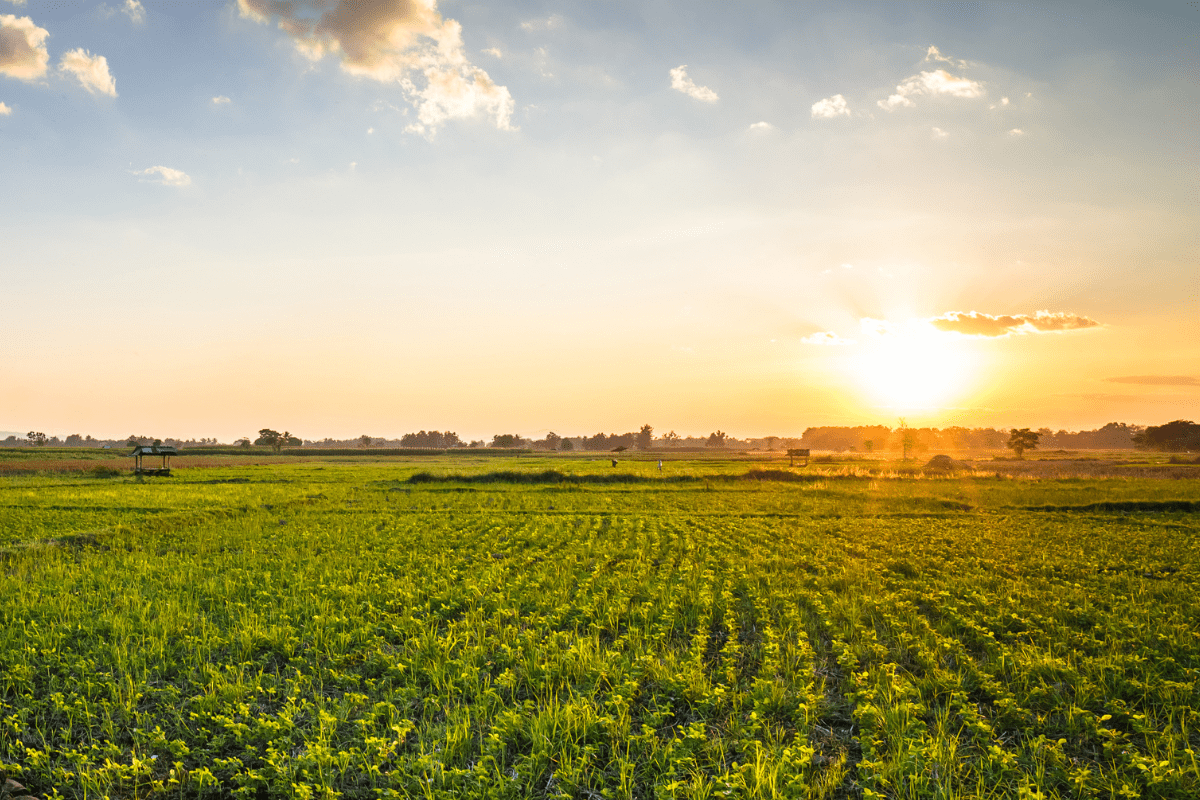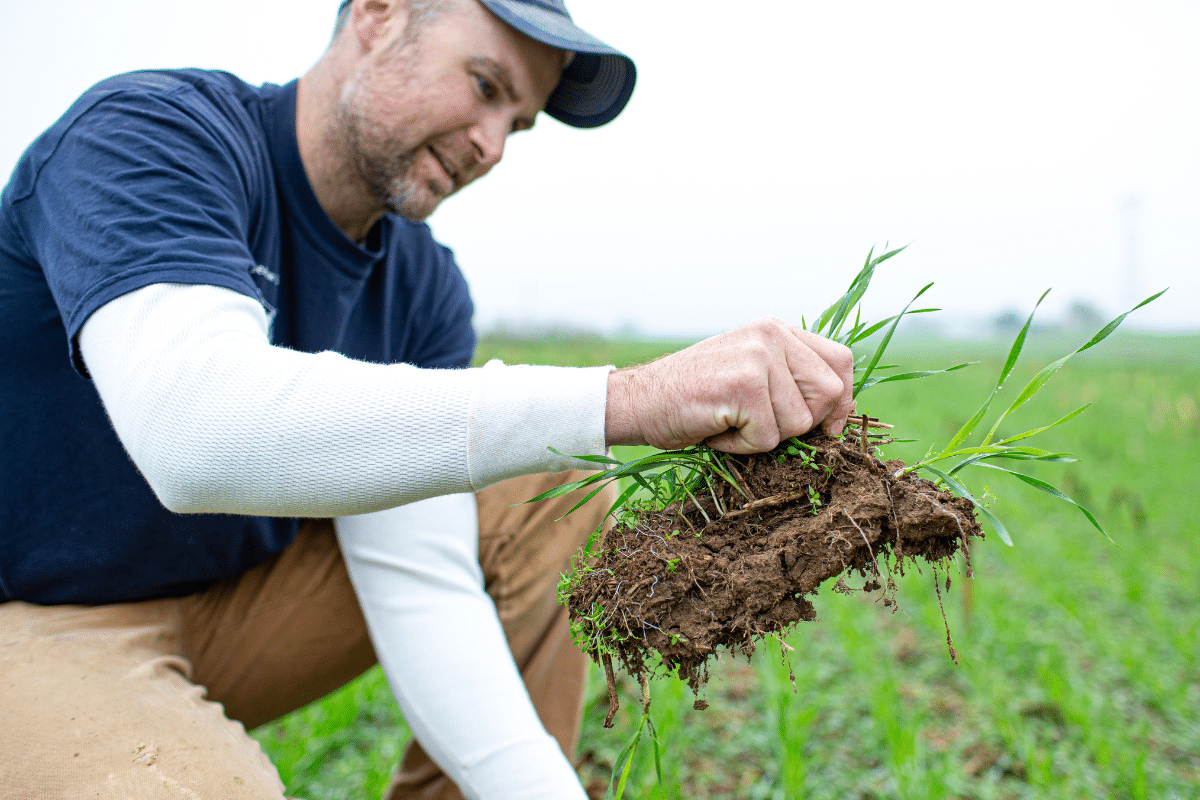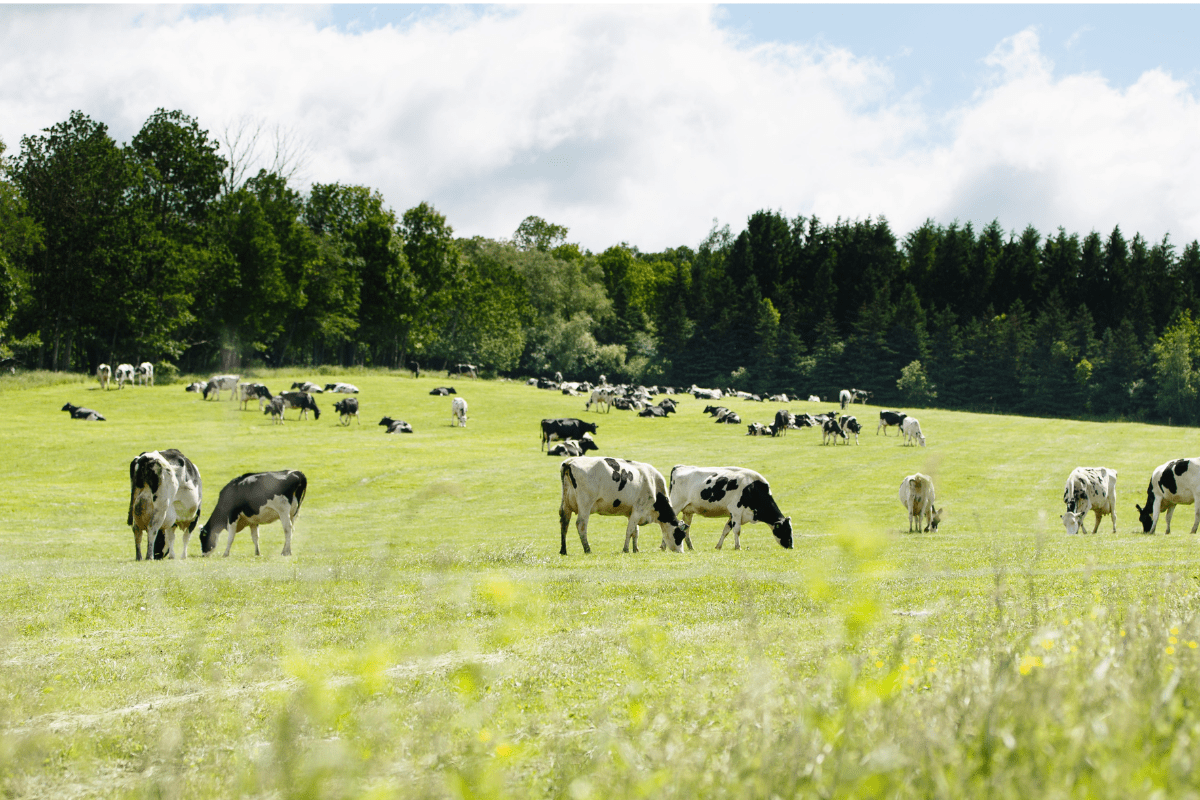On an acre of land formerly used as pasture, on an Amish dairy farm in Lancaster, Pennsylvania, crew members from the Alliance for the Chesapeake Bay planted trees to help shade and protect a stream that leads to Nickel Mines Run. The work was part of a grant from the Pennsylvania Department of Conservation and Natural Resources. The project involved planting a variety of 150 trees, including maples, alongside a stream to create a buffer between the pasture where the cows spend time and the nearby creek.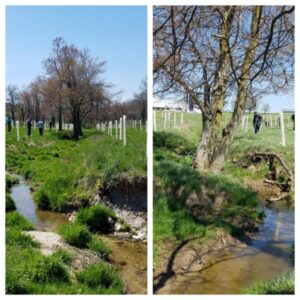
Trees and other vegetation benefit the stream in many ways. They stabilize the streambank, preventing erosion. They filter toxins and absorb nutrients, like nitrogen and phosphorous, so they don’t end up in the water. It’s a balancing act. Having some of the nutrients is good; too much nutrients and the water can become polluted.
A healthy stream is full of fish, bugs and other wildlife, which rely on cooler water to thrive. That’s where trees come into play again, offering shade and helping to reduce the water temperature.
“It says a lot that these dairy farmers are willing to do this. It’s all voluntary; they don’t have to do this,” said Ryan Davis with the Alliance for the Chesapeake Bay.
The Alliance is working with about 50 other farmers on similar projects. It’s important that the work is done. Planting streamside buffers improves the water quality of the Chesapeake Bay region.
On this farm, for this farmer, the trees offer an added benefit: maple syrup. Within a decade, the farm family will be able to tap the maple trees for syrup.
There’s a perception by some that southern Lancaster County farmers can be difficult to engage with when it comes to environmental issues, said Leslie Weller, a member of The Alliance. Once having that perception, herself, Leslie now says, “I don’t see that at all.” She referenced additional work she did with the farmer to reduce polluted storm water runoff from his barnyard area.
“The farmers really do care… Now I feel they want us around and want to work together.”
Through this and other projects, the community’s Amish dairy farmers and the environmental group have gotten to know one another. “We joke with them. We know their kids and families. It really is a relationship,” said Ryan. For his part, the Amish farmer hosting the day’s tree planting said he has “learned to respect the land” and expressed his appreciation for the Alliance’s involvement. “With the Alliance’s help, we’re keeping the farm in good shape for the next generation,” he said.
Once a relationship often at odds, now more dairy farmers and environmental groups find common ground and work together to protect land and water.

